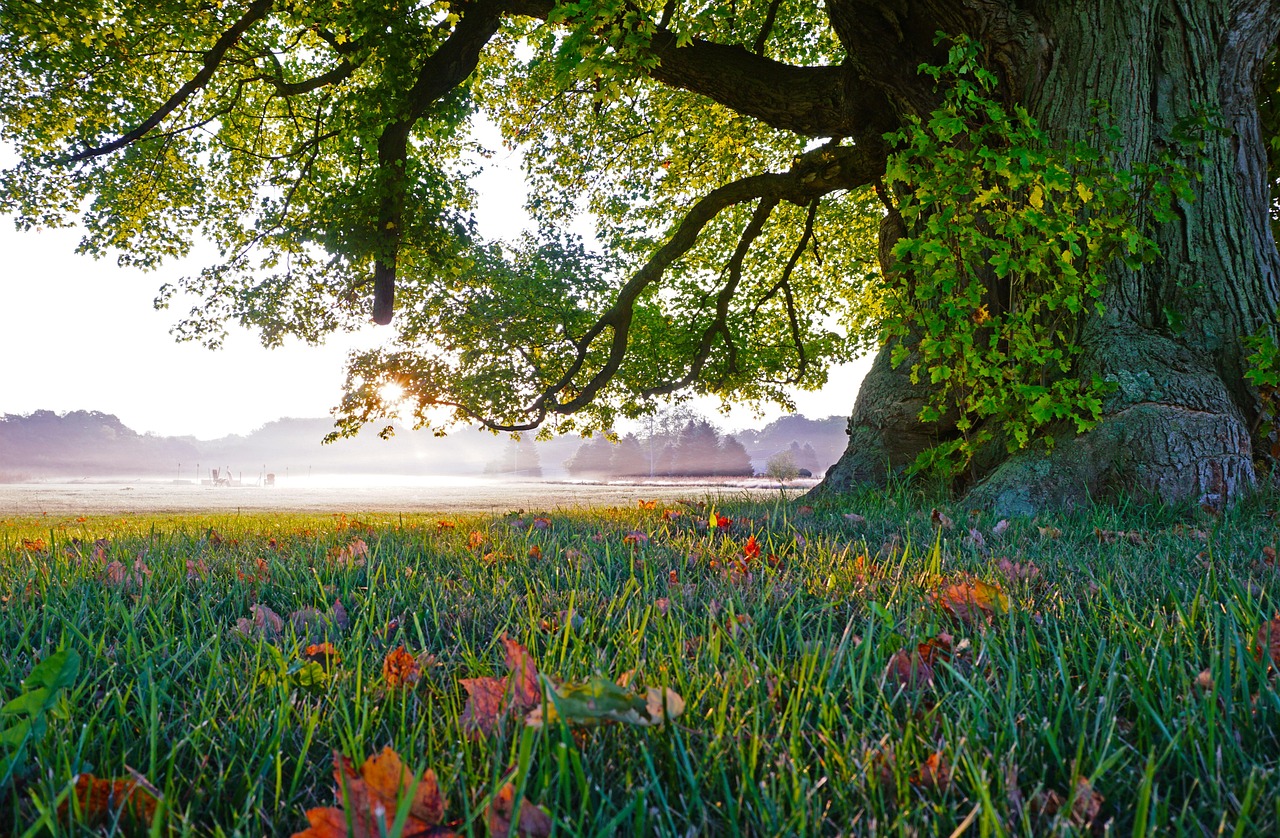Understanding Tree Terminology: A Guide for Gardeners, Arborists, and Environmental Enthusiasts
Understanding tree terminology is essential for anyone involved in gardening, arboriculture, or environmental conservation. This knowledge not only enhances your appreciation for trees but also equips you with the necessary vocabulary to care for and converse about these magnificent organisms effectively. This blog will explore key tree-related terms and concepts, guiding you through the intricate world of trees.
Deciduous vs. Evergreen Trees
Trees can be broadly classified into two categories based on their foliage retention throughout the year. Deciduous trees, such as oaks and maples, shed their leaves annually, typically in autumn, as a preparation for winter. This leaf drop process reduces water loss and conserves energy. In contrast, evergreen trees, like pines and spruces, retain their leaves year-round, providing continuous photosynthesis and an everlasting green appearance. Understanding these differences is essential for selecting the right tree species for a specific environment or aesthetic.
Exploring the Tree Canopy and Understory
The tree canopy constitutes the upper layer of foliage created by the collective crowns of trees. This layer plays a critical role in intercepting sunlight, regulating temperature, and providing habitat for various wildlife. Below the canopy lies the understory, consisting of smaller trees, shrubs, and plants that thrive in the filtered light that penetrates through the canopy. Each layer supports different species and contributes to the forest’s overall health and biodiversity.
Understanding Tree Trunk Anatomy
The tree trunk is a vital component, providing structural support and transporting nutrients and water. Understanding its anatomy is crucial for tree care. The outermost layer, the bark, protects the tree from damage and disease. Beneath the bark lies the cambium, a thin layer of actively dividing cells responsible for the tree’s growth in girth. Deeper still, we find the sapwood, which transports water and nutrients from the roots to the leaves. At the core lies the heartwood, composed of dead cells that provide structural strength. Each part of the trunk performs a unique function, contributing to the tree’s overall health and stability.
Insights into Root Systems
Trees have two main types of root systems. Taproots, exemplified by oaks and pines, feature a single dominant root that grows deep into the soil, providing stability and accessing deep water sources. Fibrous roots, common in species like maples and birches, consist of numerous thin roots spreading out near the soil surface, efficiently absorbing water and nutrients from the upper soil layers. Understanding these root systems aids in proper tree planting and care.
Tree Growth Rings and Age Determination
A tree’s growth rings, visible when a trunk is cross-sectioned, offer valuable insights into its age and growth history. Each ring corresponds to one year of growth, with the width of each ring indicating the growing conditions that year. Wider rings suggest favourable conditions, while narrower rings indicate periods of stress. This knowledge allows arborists to assess a tree’s health and historical growth patterns.
A Brief Overview of Common Tree Diseases and Pests
Trees are susceptible to various diseases and pests that can significantly impact their health. Fungal infections, such as oak wilt and Dutch elm disease, can spread rapidly and cause extensive damage. Insect pests, like emerald ash borers and aphids, can weaken trees and make them vulnerable to other threats. Regular monitoring and early intervention are essential in protecting trees from these adversaries. Proper identification and management strategies can save trees and maintain the overall health of the ecosystem.
Conclusion
Understanding tree terminology empowers gardeners, arborists, and environmental enthusiasts to care for trees more effectively and appreciate their significance in our ecosystems. By grasping the differences between deciduous and evergreen trees, exploring the canopy and understory, comprehending tree trunk anatomy, and learning about root systems, growth rings, common diseases, pests, pruning techniques, and tree planting methods, you can foster a deeper connection with trees. To further enhance your knowledge and skills, consider consulting with a certified arborist who can provide personalised guidance and support in your tree care endeavours.

